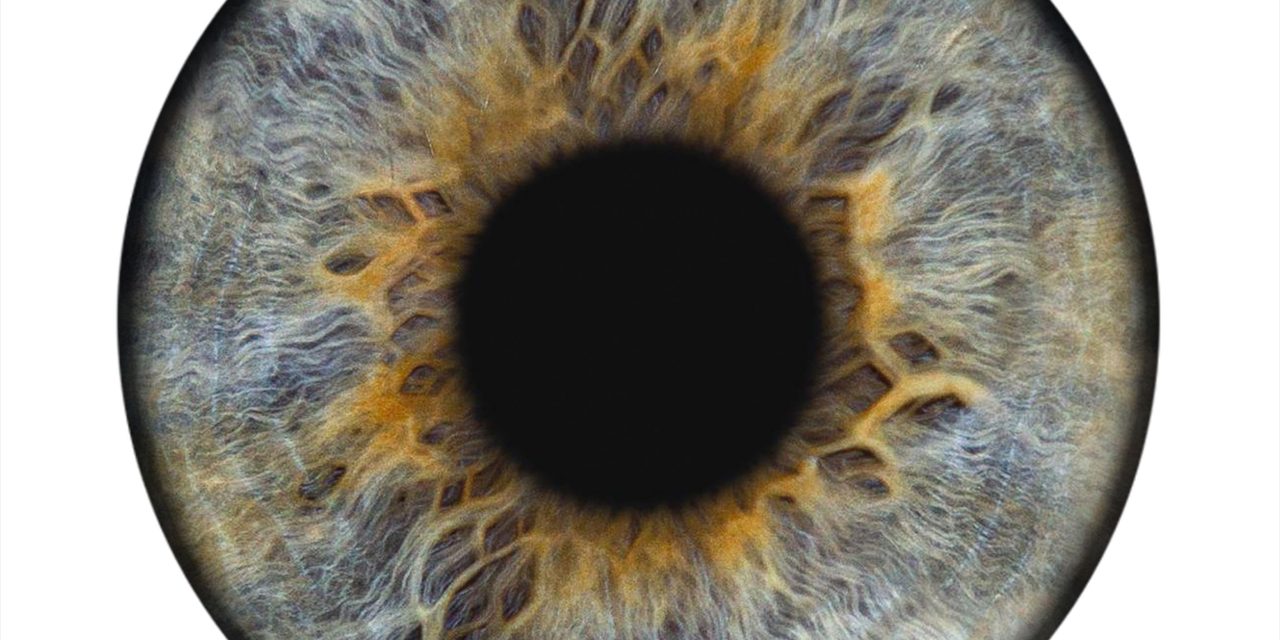Human landing collections (HLCs) have been the standard method for the collection of blackflies that serve as vectors for , the causative agent of onchocerciasis or river blindness. However, HLCs are inefficient and may expose collectors to vector-borne pathogens. The Esperanza window trap (EWT) has been shown to be a potential alternative to HLCs for the collection of , the principal vector of in Africa. To improve the performance of the EWT, sweat from individuals highly attractive or less attractive to was examined by gas chromatography and mass spectroscopy. Twelve compounds were identified which were solely present or present in increased amounts in the sweat of the highly attractive individuals. Two of these compounds (naphthalene and tert-hexadecyl mercaptan) were found to be attractive to s.s. in behavioral assays. Traps baited with these compounds outperformed those baited with the current standard bait of worn socks. Using these newly identified compounds as baits will make the EWT more efficient in collecting vector blackflies and may enhance the potential utility of the EWT as a local vector control measure.
Identification of Human-Derived Attractants to Sensu Stricto in the Madi-Mid North Onchocerciasis Focus of Uganda.


